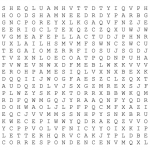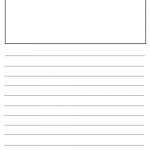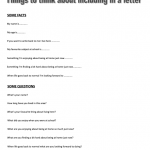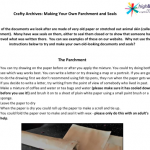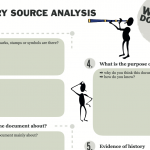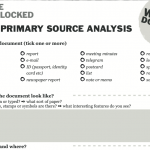There is no set way to learn from archives – that’s what makes them so fun! Please use the information provided in any way you like, however if you are looking for some structured activities or ideas, we have provided some for you here.
Pre-Prepared Activities
Below are links to pre-prepared activities. You can print these out or use them as a template to create your own activities.
The activities below were created by our friends over at the Archives and Records Association.
Other Ideas
- Why not write to an older member of your family or someone in your community who might appreciate getting a letter just now? There are some ideas here about what you could include in the letter. You could use this as a chance to find out about how life used to be in your area!
- William Fraser Tytler’s letter includes a description of a room full of people. He describes some children lying on the floor, a thin old lady putting out candles with a snuffer (see if you can find a picture of a candle snuffer) and a man dressed in tartan. Why don’t you try and draw a picture of what he saw in front of him OR why not try and write a description of what you can see round you? It’s a great way to find and use new adjectives!
- One of the letters here is a ‘crossed letter’. The writing goes across it in both directions to save paper. At first it’s quite hard to read but your eyes soon get used to it! Why don’t you try writing a crossed letter and asking someone else to try and read it?
- One of the letters here, written in 1911, describes the scene in Fort William when a car drove up to the top of Ben Nevis! Crowds gathered and the pipes and drums played in the street. Try and draw a picture of that day!
- Why not pick one of the letters on the Documents page and write a reply to it?
